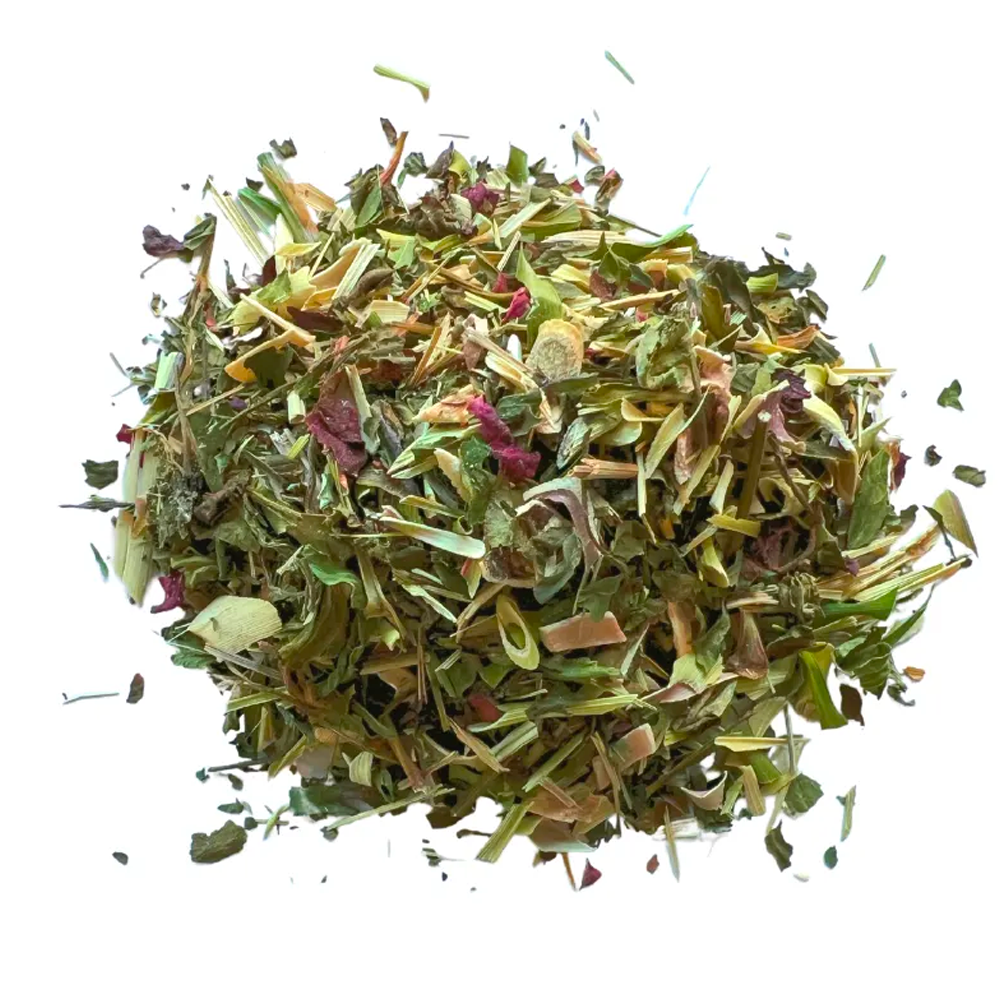What is Emarginatum Sedum?
Emarginatum Sedum, also known in Hmong as Kuab Nplai Taub, is a type of succulent plant that belongs to the Crassulaceae family. This plant is native to the Caribbean region and is often found in wildflower and pollinator gardens. Its unique emarginate leaves, which are notched at the tip, give it a distinctive appearance that sets it apart from other succulent species.
Caring for Emarginatum Sedum
Caring for Emarginatum Sedum is relatively easy, making it an ideal choice for succulent enthusiasts or people who wants a low maintenance plant. Here are some tips to ensure the healthy growth of your Emarginatum Sedum:
- Lighting: Emarginatum Sedum prefers bright, indirect light. Direct sunlight can cause the leaves to become scorched, so it's essential to provide filtered light, especially during the hottest part of the day. If there is too much shade, the plant will grow long stems and start to droop.
- Watering: Succulents are known for their water-storing abilities, but they still require regular watering. Water your Emarginatum Sedum sparingly, allowing the soil to dry out completely between waterings. Overwatering can lead to root rot, so it's crucial to monitor the soil moisture.
- Soil: Use a well-draining potting mix specifically designed for cacti and succulents. This will help prevent waterlogged soil and root rot.
- Temperature: Emarginatum Sedum thrives in temperatures between 65°F to 75°F (18°C to 24°C). Avoid placing it in areas with drafts or extreme temperature fluctuations.
One of the remarkable aspects of Emarginatum Sedum is its ability to exhibit perennial-like behavior in certain zones. In regions with mild winters, this succulent can survive the cold season and regrow in the spring, much like a perennial plant. This means that in areas with suitable climates, Emarginatum Sedum can become a low-maintenance, long-term addition to your garden or indoor space, providing year-round interest and beauty.
Medicinal Uses of Emarginatum Sedum
Emarginatum Sedum has been used in traditional medicine for its various health benefits. While its specific medicinal uses are not extensively documented, succulents in general have been found to possess anti-inflammatory, antibacterial, and antifungal properties. In Chinese medicine, succulents are believed to have a cooling effect on the body, making them useful in treating fever, inflammation, and skin conditions.
In the Hmong culture, this plant is used to treat morning sickness in pregnant women. Similar to Kuab Nplai Dib, you would need to chop and scramble it with an egg and then steam it. This is typically eaten first thing in the morning during the first trimester while a mother experiences nausea and vomiting. This plant is also used as a poultice to treat dysmenorrhea or achy body parts. Wrap some of the herbs in an aluminum foil and then heat it on low over a flame. When it is warm to the touch, you can put it around the desired area and wrap it with a cloth to draw the heat and inflammation from the body.
Conclusion
Emarginatum Sedum is a fascinating plant that offers not only aesthetic appeal but also potential medicinal benefits. While its specific uses in herbal medicine are not well-documented, its properties suggest that it could be a valuable addition to traditional remedies. As we continue to explore the world of botany, we may uncover more secrets about this intriguing plant and its potential to improve our well-being.










